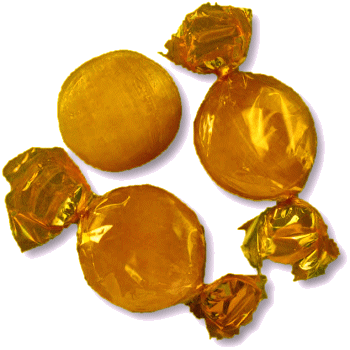




WELCOME TO An Entertainment Site for Scottish Country Dancers - Enjoy the curated selection of theme-related dances for celebrations and holidays, or find a dance associated with a special calendar day, or EVEN your own birthday!
Dragon History Day
Jan 16
Other Scottish Country Dances for this Day
Today's Musings, History & Folklore
"Fear the Linton Worm! Beware the woeful Wyvern!"
Whether you see yourself as a dragon slayer, tamer, or scholar, knowing your dragons is a must. This John Drewry jig serves as a playful yet rigorous training ground for aspiring defenders against dragons and serpentine monsters alike. Think of it as dragon-slaying boot camp, complete with chains (perhaps evoking chain mail), intricate double figure eights, circular chases with pivots and direction reversals, and other figures designed to hone your agility for bobbing and weaving when necessary.
Dragons, Lindworms, and Wyverns have captivated cultures worldwide and have long haunted the British countryside, leaving their mark on countless regional legends. In British heraldry, a Lindworm is a wingless, serpentine creature with two clawed arms on its upper body, while the Wyvern is a legendary bipedal dragon with a tail that often ends in a diamond- or arrow-shaped tip. Interestingly, neither Lindworms nor Wyverns breathe fire—a fearsome trait reserved for their four-legged dragon cousins.
The phrase “Here be dragons” (or “There be dragons”) originated as a warning for uncharted or dangerous territories. Medieval mapmakers would decorate unexplored regions with illustrations of dragons, sea monsters, and other mythical creatures. Earlier cartographers extended this practice to include elephants, hippos, and scorpions as warnings of perilous lands. Don't be scared! Be Prepared! ❤️ 💚 💛 🔥 🐉
There Be Dragons
The Hunt-Lenox globe, dated 1510, is the only actual item which contains the famous warning "Beware of Dragons," specifically "Hic sunt dracones. " There are no known maps with the text of this warning. Interestingly, this popular belief may spring from a modern reference from one of Dorothy L. Sayers' short stories, "The Learned Adventure of the Dragon's Head" in the 1928 story "Lord Peter Views the Body" in which a character refers to having seen "hic dracones" on an old map.
Dragons and serpent-like creatures are featured in the myths of cultures spanning the globe and are often divided into specific regional types.
The four-legged dragon, the two-legged wyvern, and the legless lindworm occur throughout much of British and European folklore and helraldry.
From Cirein Croin, a sea serpent believed to be the largest creature ever, to the long, thick tailed wingless Beithar who haunted the quarries and mountains around Glen Coe, to the infamous Loch Ness Monster, dragons and their ilk have long been a part of Scottish folklore.
The Linton Worm and the Dundee dragon are two other fearsome dragon-type beasties with a history of menacing the countryside.
For more on whether or not and where this warning occurs on ancient maps click the vintage ocean map.
And for a video of "There be Dragons" performed at the Animal Themed Party, in Chelmsford, Massachusetts, 2016, see below.
Click the dance cribs or description below to link to a printable version of the dance!





